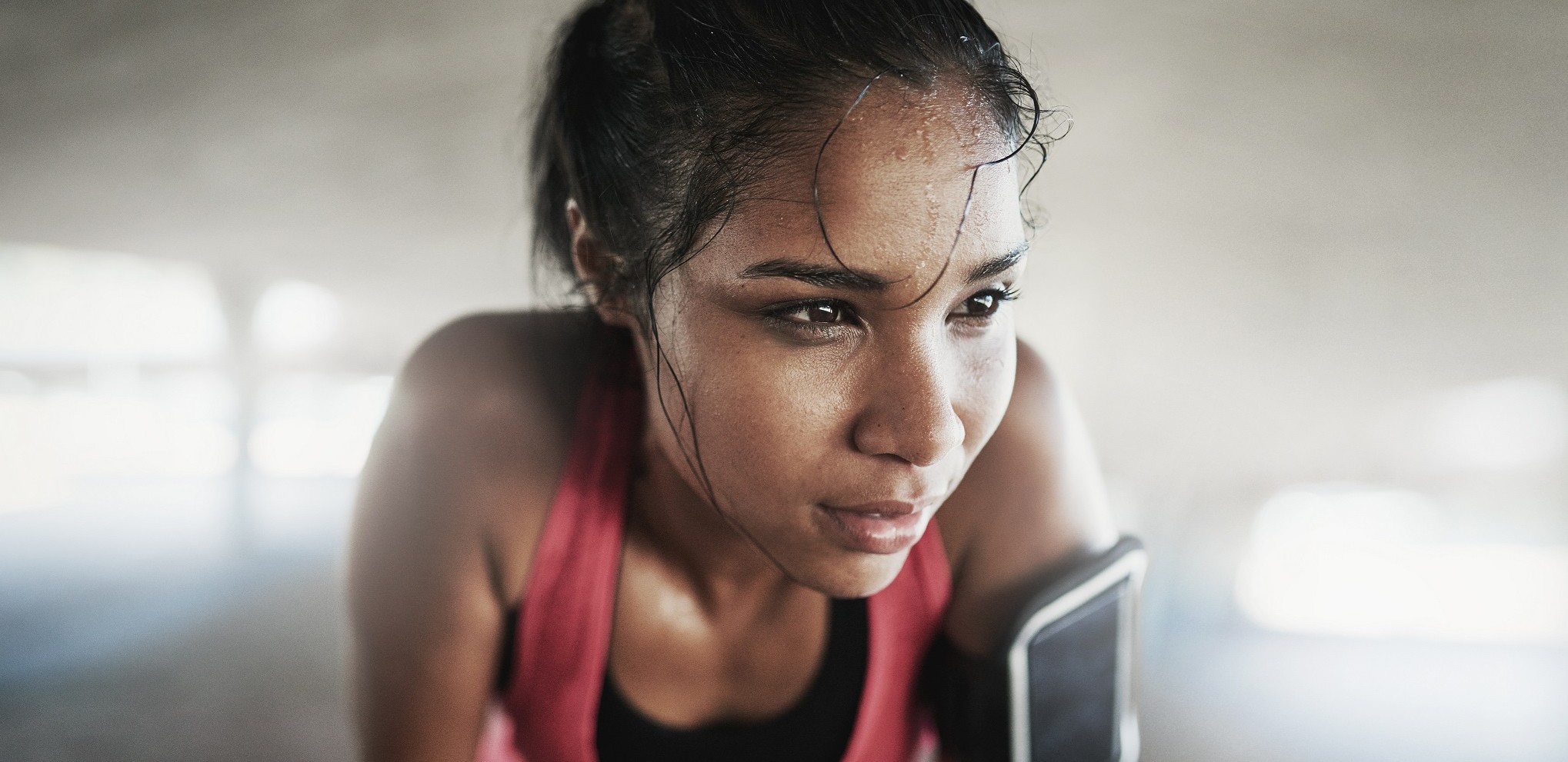This unusually hot summer in Britain means that the heat is on when it comes to exercise.
Whether you’re out for a walk, off to gym, going for a run or being active with the family, you need to take care when the temperature rises. This is especially true for children, older people, those who are pregnant and those with an ongoing health condition or who are overweight.
Exercising during a heatwave causes additional stress for our bodies, with both air temperature and humidity able to significantly impact on core body temperature.
Our bodies cool off by sending blood to our skin (that’s why we sometimes looked flushed when we’re hot), which leaves less blood for our muscles as we’re exercising and can cause our heart to beat harder.
We also sweat more when we’re hot – again to help us cool down – which can result in rapid dehydration. In humid weather, problems can also be exacerbated by the fact that sweat can’t easily evaporate, meaning we also can’t cool down efficiently.
In extreme cases getting too hot or dehydrated can result in serious, potentially life-threatening conditions, such as heat fatigue and heatstroke.
But all is not lost. It is perfectly possible to exercise, enjoy the warmer weather and stay safe. To help, here are my top ten tips for staying in ‘tip top’ shape when the heat is on.
- Drink up – it’s always good practise to stay hydrated, whether you’re exercising or not. Dehydration is a key factor in heat related illnesses. Just being mildly dehydrated can cause dizziness, slight confusion and lethargy. When out and about or at the gym make sure you have plenty of water or low-calorie sports drinks with you, especially if you don’t have easy access to a tap or shop.

- Dress well – dark, heavy clothes will make you hotter. Choose light coloured, sweat-wicking fabrics and try to undertake exercise that doesn’t need protective clothing, like helmets or heavy gloves. If you’re outside, make sure you wear a hat and UV-blocking sunglasses.
- Cream up – it’s easy to burn when you’re outdoors having fun. In the UK you can even burn when it’s cloudy – 87% of the sun’s rays pass through cloud cover. In the summer use a minimum of SPF15 sunscreen and always use over SPF30 on children, as they’re much more susceptible to burning.
- Watch the weather forecast – if you’re planning on exercising or going on a family activity, keep an eye on what the weather will be doing, especially if you’re going outside. In hot weather even ‘easy exercise’ (like a walk) can tax the body and leave you susceptible to heat related illnesses. If the temperature or humidity is forecast to get high, it’s a good idea to scale back your plans or limit activity to cooler parts of the day.
- Have a back-up plan – if the weather is forecast hot or humid, or you start an activity and find it’s too hot to be comfortable, then it’s good to have a back-up plan, especially if there’s more than one of you. If you’re playing tennis or football, why not pick somewhere that has both indoor and outdoor facilities? If you’re going for a hike or a ride, why not go out earlier or later in the day when it’s not as hot?
- Stay indoors – there are plenty of activities that you and the family can do that will keep you cool. Swimming is a great exercise in hot weather and most pools don’t require you to be a member to swim. If you’re planning a run or a cycle, you can replicate these activities in your local gym – where there is likely to be air-conditioning too!
- Avoid the midday sun – it’s usually hotter during the middle of day, so if you want to get active, time your sessions for before 11am or after 3pm when it’s likely to be cooler.
- Know your limits – hot weather and humidity place extra stress on the body. Both exercise and the heat cause your heart to pump harder, so together they can cause dizziness, fatigue and fainting – especially if you’re not used to exercising, or used to exercising in the heat. Children feel the effects of heat and humidity much more quickly than adults, so keep a close eye on your kids if they’re getting active on a hot day.
- Ease up – be aware that you may not be able to achieve a full work-out or activity session when the mercury is rising, as heat and humidity make exercising much harder. It’s ok not to finish your planned exercise cycle – there’s no shame in putting your health before your exercise regime. Pay heed to the heat and listen to your body.
- Know the warning signs – if you, or anyone you’re with starts to feel unwell, stop what you’re doing immediately. Even just walking around in hot weather can leave you susceptible to heat fatigue and heatstroke. Symptoms include: muscle cramps, irritability, confusion, weakness, fatigue, dizziness, feeling/being sick, increased heart rate (even after you have stopped your activity and rested), dark urine and cool, moist skin. If you are worried call the NHS 111 service or visit your walk in centre. If someone you’re with becomes unresponsive, call 999.

